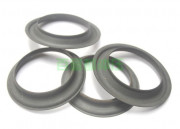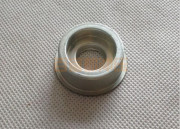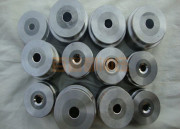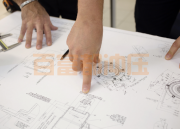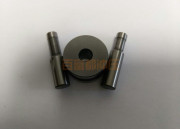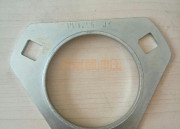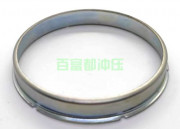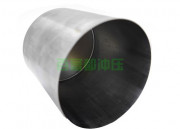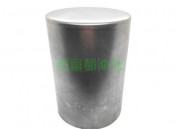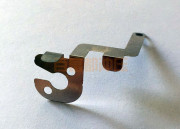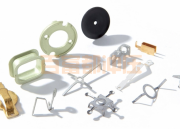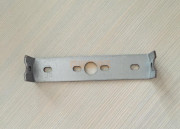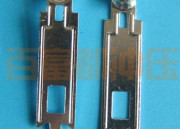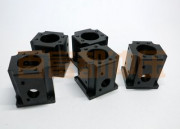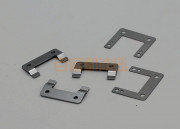Posted at 25/08/2022 By : deep drawing Categories : Blog,Industry Comment: Comments Off on What are the differences in the manufacture of stamping dies? First, the manufacturing difference of stamping dies
1. Different smelting process
The smelting process of Dachang material is electric furnace smelting, out-of-furnace refining, and vacuum degassing. The chemical composition of the steel in this process is accurately controlled, the gas content in the steel is low, and the steel purity is high. The materials of small factories are generally mixed scrap and furnace materials in the intermediate frequency furnace, and the flat steel ingots are directly poured. The chemical composition deviation of this process is large, the impurities in the steel are large, and the gas content is high, resulting in more shrinkage cavities and internal cracks in the finished product, which seriously affects the processing performance of the steel.
2. The rolling process is different
Dachang’s steel ingots are forged into billets and then rolled into products. During the rolling process, multiple rolling mills and multiple deformations are used for continuous rolling. Small mills are steel ingots that are directly rolled back and forth by a single rolling mill. The ingot deformation is small, the rolling ratio is small, the internal microstructure is uneven, and the non-metallic inclusion particles are large. It is directly manifested as the local “saw and drill” of the material.
3. Different appearance quality
Since the material of the big factory is continuously rolled, and the number of deformations is large, the precision of its appearance and size is high, and the two sides are approximately right angles. Because the production process of the small factory material is all controlled manually, its appearance size deviation is large, the thickness and width tolerance is large, the flat steel fillet is large, and the cross-section deviates from the rectangle.
4. Different heat treatment methods for finished products
After the material of the big factory is finished, the global annealing process is adopted to ensure that the carbide grade in the steel is not greater than grade 4, and the uniformity of hardness is ensured. Small factory materials adopt general softening annealing process, even natural cooling, which cannot guarantee the uniformity of carbide grade and hardness in steel.
5. The effect is different
Due to the different production processes, it directly affects the use effect of materials. First of all, the material size deviation of the small factory is large, and the straightness is relatively poor, resulting in a large enough machining allowance during processing, otherwise it cannot be processed. Secondly, due to the uneven hardness of materials in small factories, it is difficult to process and punch holes, and the processing efficiency is low. After processing, the workpiece is easily deformed, and even the mold is scrapped.
Read More →

